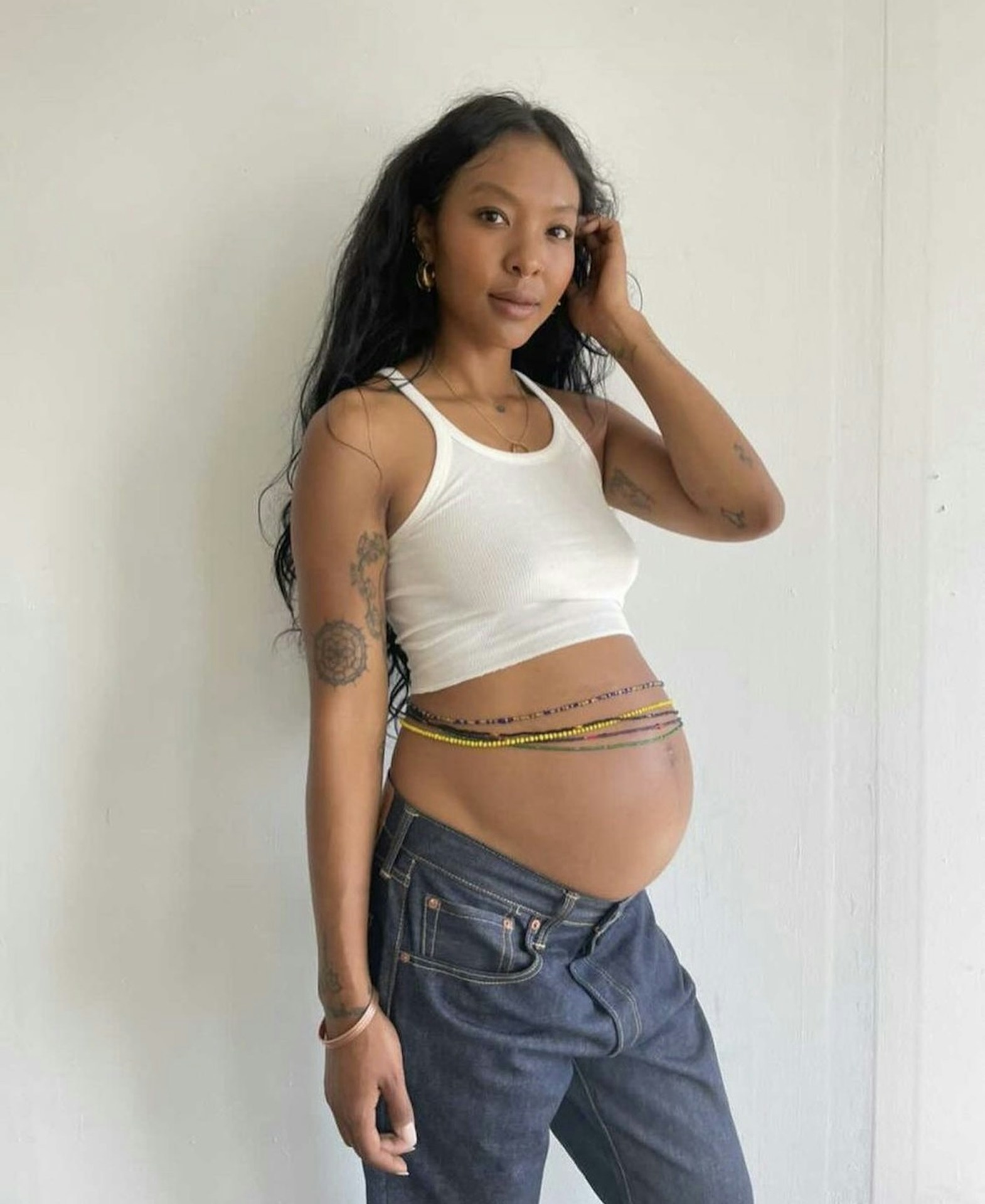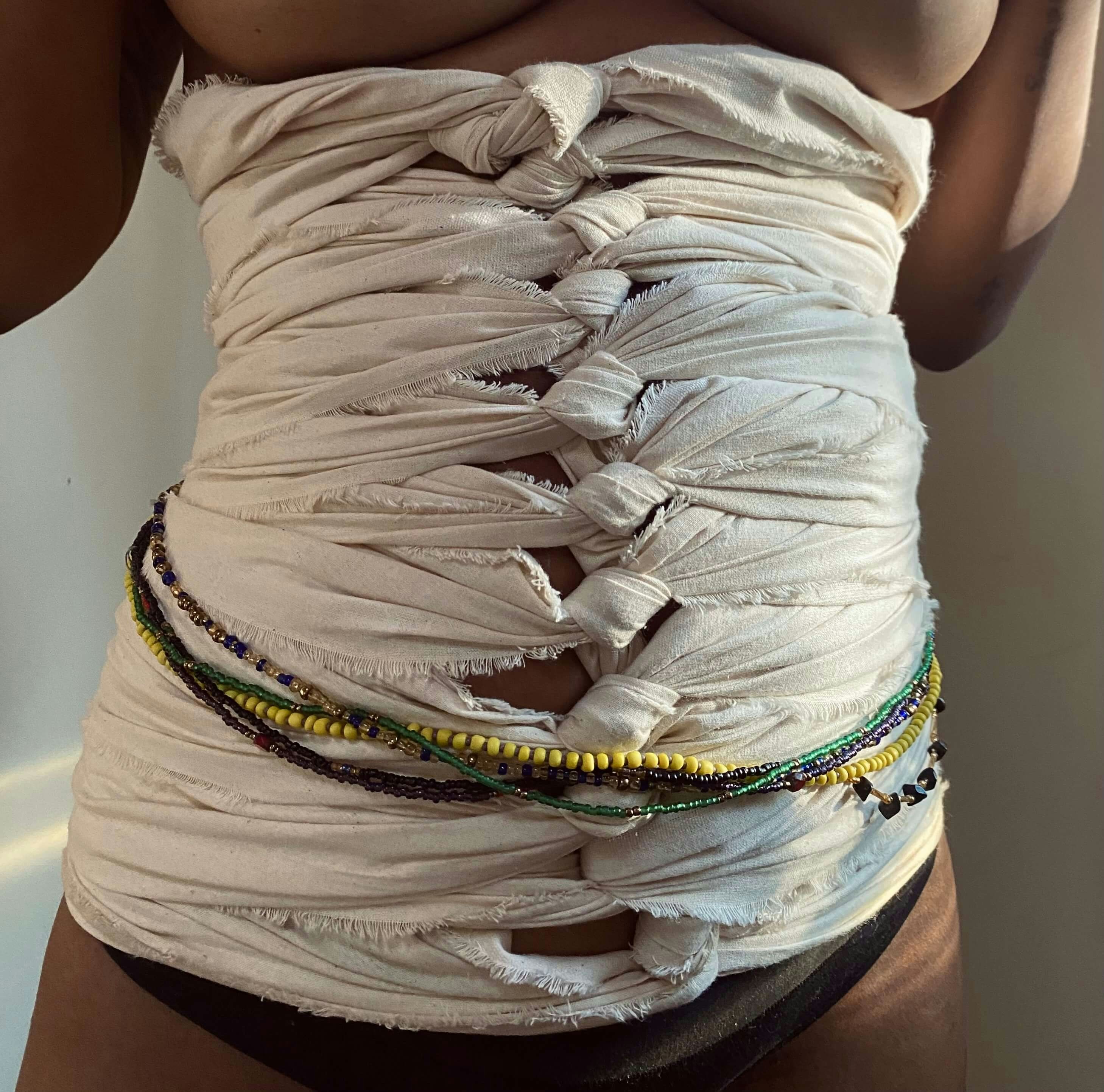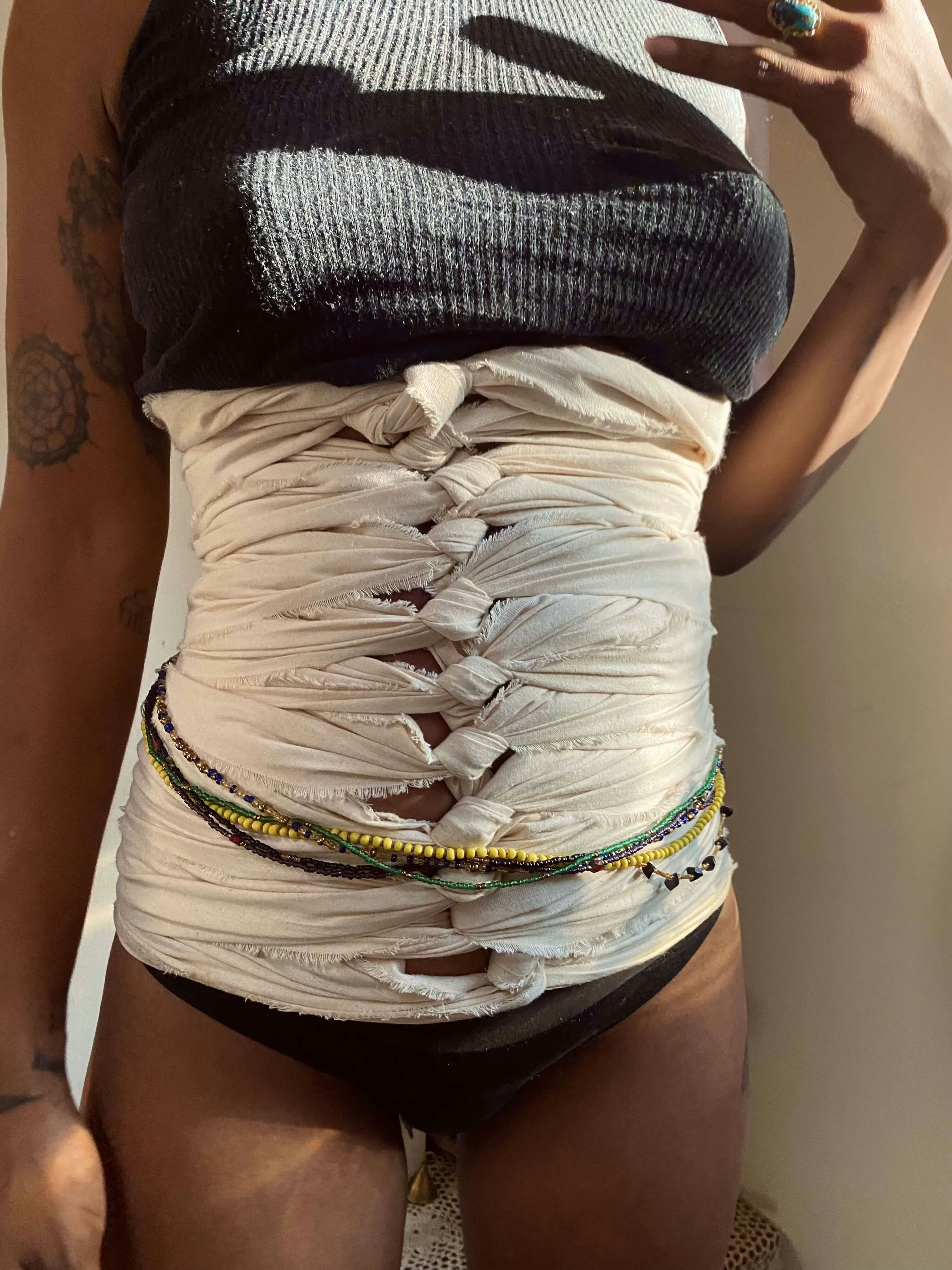

In the spirit of nurturing our bodies and souls during the transformative journey of motherhood, let’s delve into the practice of postpartum belly binding. This ancient tradition, rooted in various cultures, not only supports physical recovery but also honors the emotional and oftentimes, spiritual aspects of the postpartum experience. So what is postpartum belly binding? For many cultures, belly binding is essential to their postpartum care tradition and is seen as a rite of passage. It involves wrapping a supportive garment around the abdomen after childbirth. Traditionally, this is done using fabric such as muslin or other untreated, natural fabric. The practice aims to provide gentle compression to the abdominal area, promoting healing and stability after the physical demands of pregnancy and delivery.
Benefits
Lets talk about the benefits of postpartum belly binding and how to get started. Belly binding can offer physical and emotional help to support your abdominal muscles and reduce diastasis recti, a condition where the abdominal muscles separate during pregnancy. Wrapping your belly provides gentle support aiding you in recovery, while helping you improve posture and bringing a sense of security and warmth that you may find comforting during the early days of postpartum just as your body is adjusting to this new change. Postpartum belly binding can also serve as a reminder to be present in your body, as it offers a moment of stillness to reflect on your journey and the miracle of new life that you have created.
While belly binding can be beneficial, it’s essential for you to listen to your body and consult a healthcare professional if you have any concerns, particularly if you experience significant pain or discomfort. Each postpartum journey is unique, and what works for one person may not work for another.
Before you begin your practice, always consult your care provider, intuition and a belly binding professional to discuss your birthing journey and when’s the right time to start your binding practice. For example, you can begin wrapping your belly as soon as 4-7 days postpartum after a vaginal birth, depending on if there are sutures that need healing first, and up to 4-6 weeks after a cesarean section. The time your belly will be wrapped each day varies from person to person but generally you would wear your wrap during the day, while awake for about 8-10 hours a day. I would not suggest sleeping in your wrap as it could lead to discomfort and is unsafe. Traditionally this practice is repeated each day for the duration of your 40 day postpartum rest period. There is no real deadline to begin your belly binding practice. You can start binding up to 8 weeks postpartum after birth.
Tips
Here are some tips to remember when considering postpartum belly binding:
*select a breathable material that feels comfortable against your skin. Many mothers opt for specially designed untreated material like cotton or muslin.
*waist trainers and postpartum belly binding are NOT the same!! Using an extremely tight compression like a corset in the days, weeks, or even months following childbirth is extremely dangerous and doesn’t allow for your body to heal naturally, comfortably and most importantly, safely.
*listen to your body as you begin using the wrap in the early postpartum period. Pay attention to how your body feels—binding should offer support, not discomfort.
Postpartum belly binding is more than a physical practice; it’s an invitation to embrace your body’s transformation and honor your experience as a new mother. As you bind your belly, take a moment to breathe deeply and visualize your body healing. Set an intention for this practice, whether it’s self-love, healing, or gratitude for your journey. And as you explore this practice, remember to cultivate kindness towards yourself, celebrate your journey, and surround yourself with support.


